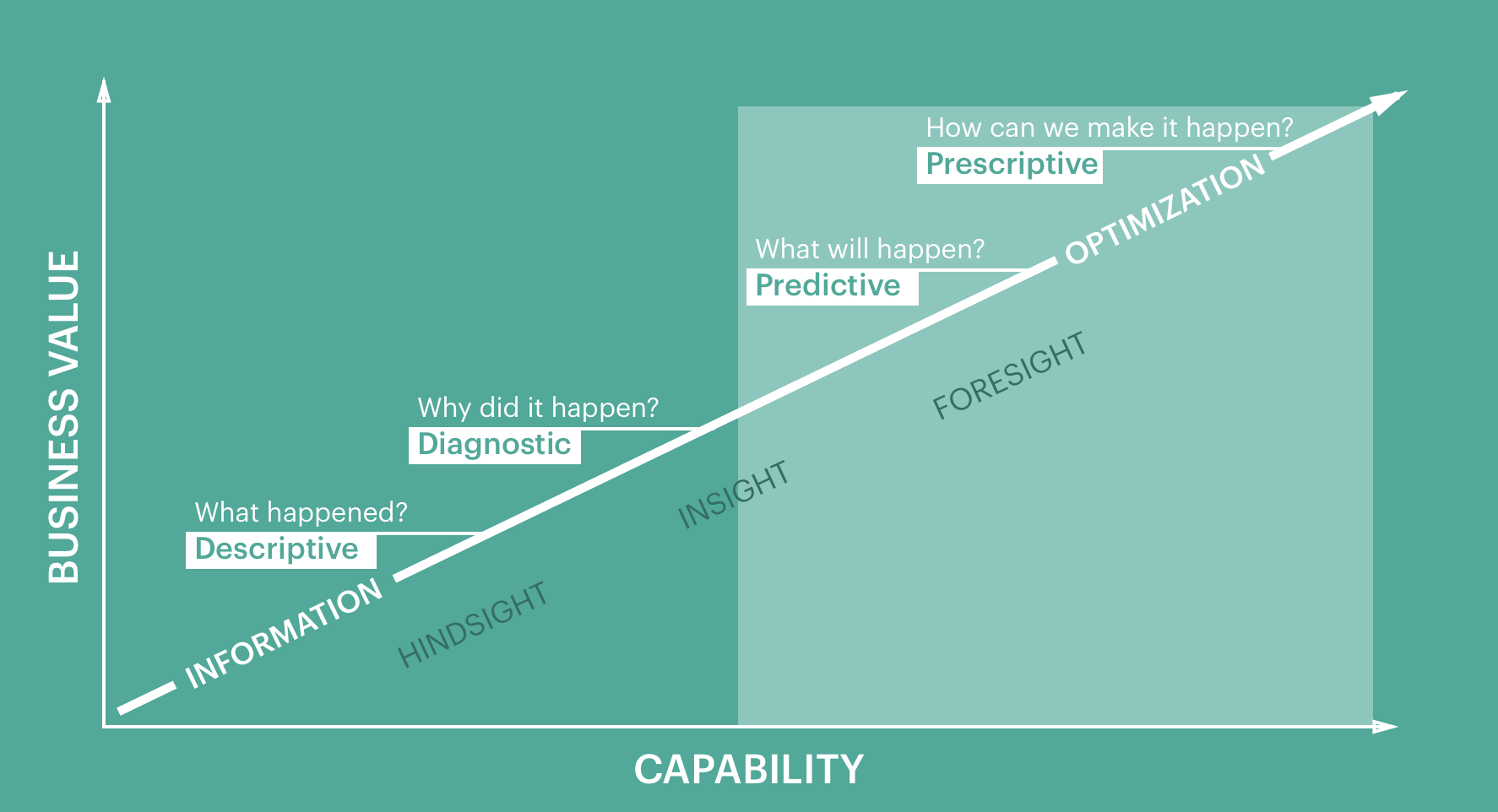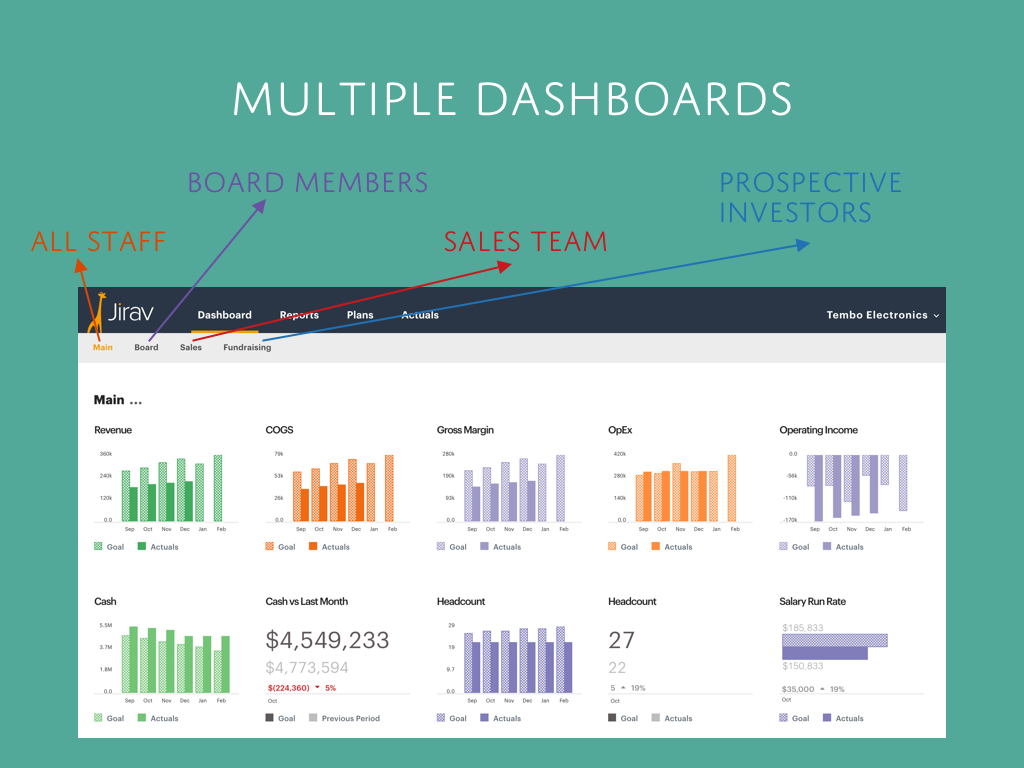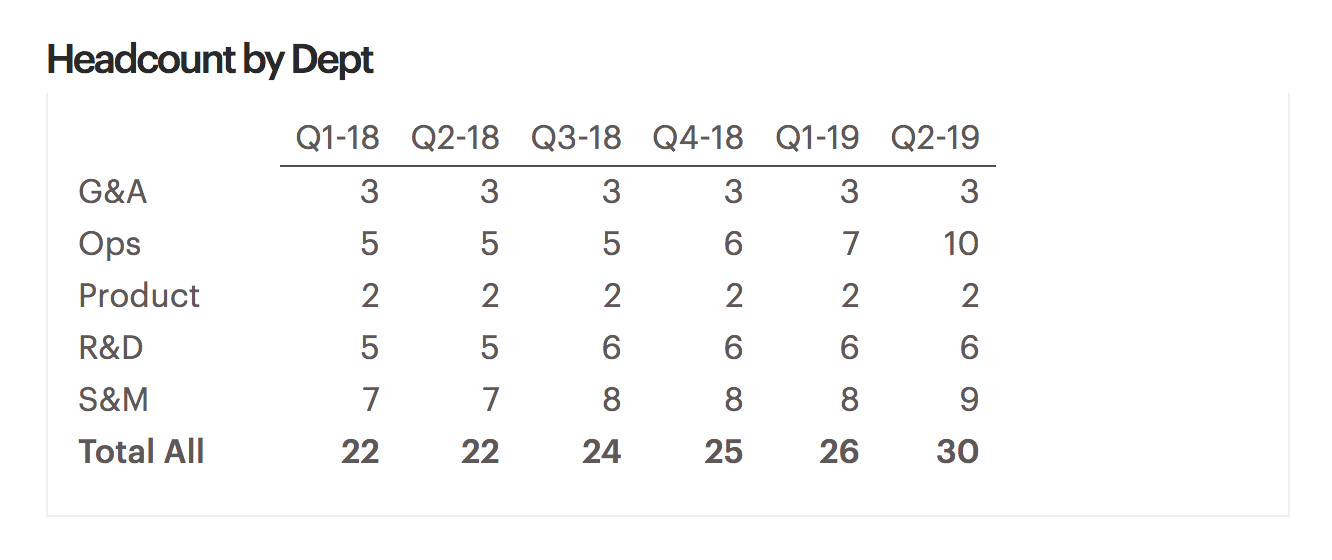As a fundamental measure that not only showcases a company's ability to generate revenue but also assesses its cost management efficiency, Net Income is a crucial metric that evaluates business growth. It's not just about the numbers on the financial statements; it's about what those numbers reveal about your company's financial health and operational effectiveness.
In this article, we’ll delve into the significance of Net Income, explaining why it plays such a central role in financial analysis and guiding you through the step-by-step process of calculating it for your business.
What is Net Income?
Net Income, or "bottom line," is the profit that remains after you've covered all your operating costs, interest payments, and taxes. In essence, Net Income is what you take home or reinvest in the company.
Among the essential metrics that reveal a company's overall financial performance, Net Income stands out as a key indicator of profitability, offering a clear picture of how much profit a company generates after covering all its expenses. It tells the story of how well the company converts its sales into profit and how adeptly it manages its resources to keep costs in check.
As a business, you’re constantly evaluating your cash flow – Are expenditures carefully controlled, or is there room for optimization? Is revenue steadily growing, or are there concerning fluctuations? These are the questions that Net Income helps answer, and the insights gained can drive critical decisions about expansion, cost-cutting measures, or strategic investments.
The calculation for Net Income can be broken down into the following key components:
Total Revenue
Net Income begins with a company's total revenue. This is the sum of all the money a business earns from its primary operations, secondary sources like interest income, rental income, or royalties, and any other income generated from its activities.
Total Expenses
Total expenses include all the costs incurred in running the business. These expenses include both operating expenses and non-operating expenses. Operating expenses consist of costs like salaries, rent, utilities, marketing, and cost of goods sold (COGS). Non-operating expenses include interest payments on loans, income taxes, depreciation, and amortization.
How to Calculate Net Income
As Net Income measures the overall success or sustainability of your business, it’s essential to include its calculation when creating a strategic financial forecast.
The formula for calculating Net income is the following:
Net Income = Total Revenue - Total Expenses (Operating Expenses + Interest Expenses + Income Taxes)
Here's a step-by-step process of how to calculate Net Income using this formula:
Step 1: Determine Total Revenue
Start by identifying your company's total revenue for a specific period. This should include all income generated by your business from various sources. For instance, if your company's total revenue for a specific period is $500,000, it includes all income generated from primary operations, secondary sources, and other activities.
Step 2: Calculating Total Expenses
Gather all your company expenses incurred during the same period. These expenses can be categorized into two main types:
- Operating Expenses: These are costs directly related to your day-to-day business operations. Sum up all the operating expenses for the same period. For example, let's say operating expenses include salaries, rent, utilities, marketing, and cost of goods sold (COGS) for a total of $300,000.
- Non-Operating Expenses: These encompass items that are not directly tied to your core business operations but are relevant to account for when calculating Net Income. Calculate the non-operating expenses, which may include interest payments and income taxes.
- Interest Expenses: If your company had $20,000 in interest expenses for the period (interest paid on loans or credit facilities), subtract this amount.
- Income Taxes: Assuming your company owes $50,000 in income taxes on its profits for the same period, this amount will be deducted as well.
Step 3: Subtracting Total Expenses from Total Revenue
With total revenue and total expenses in hand, apply the formula:
Net Income = Total Revenue - (Operating Expenses + Interest Expenses + Income Taxes)
Net Income = $500,000 - ($300,000 + $20,000 + $50,000)
Net Income = $500,000 - $370,000
Net Income = $130,000
Based on this calculation, the Net Income for the company for this given period would be $130,000.
Step 4: Interpreting the Results
After determining Net Income, the next step is analyzing the results.
A positive Net Income indicates that your business has generated a profit during the specified period. It means your company's revenue exceeds its expenses, and the surplus can be reinvested in the business, distributed to shareholders, or used for various strategic purposes.
On the other hand, a negative Net Income suggests that your expenses have exceeded your revenue, resulting in a loss. In this scenario, it's essential to assess your financial situation, identify opportunities for cost reduction, and consider adjustments to your business strategy to restore profitability.
Why Calculating Net Income Is Crucial
As a financial metric, Net Income plays a key role in evaluating a company's financial health and optimizing its budgeting process. Here's why calculating Net Income is significant for business growth:
Profitability Assessment
Net Income stands as the ultimate measure of a company's profitability. It delves into the core of business operations, scrutinizing how efficiently a company converts its sales into tangible profit after meticulously accounting for all expenses. When Net Income is positive, it indicates that the company is not merely in operation but is, in fact, thriving and making money. Conversely, when Net Income is negative, it serves as a red flag, signaling that the company is incurring more costs than it's earning—resulting in a loss.
Performance Evaluation
One of the remarkable aspects of Net Income is its ability to transcend isolated moments in time. Comparing a company's Net Income over different periods reveals invaluable insights into its financial performance trends. A consistently growing Net Income indicates a healthy and prosperous business, signifying that the company's strategies are effective, revenues are rising, and expenses are well managed.
Investor Confidence
Investors, the driving force of many businesses, place tremendous importance on Net Income when evaluating a company's financial health. A company with a track record of positive Net Income over time garners greater confidence from investors. This history implies a stable, potentially profitable investment, instilling trust and attracting potential stakeholders.
Lending and Creditworthiness
Lenders and creditors are equally attentive to a company's Net Income when assessing its creditworthiness. A company with a healthy Net Income is seen as a lower credit risk, making it more likely to secure favorable lending terms, including lower interest rates and more flexible borrowing conditions. Lenders want assurance that the company has the financial capacity to repay loans, and a positive Net Income offers precisely that assurance.
Strategic Decision-Making
Net Income isn't just a financial metric; it also guides strategic decision-making. When Net Income is ample, it offers the flexibility to reinvest in core operations, explore new markets, innovate with product development, or reward shareholders through dividends.
Tax Implications
Net Income has direct implications on a company's tax liability. Tax authorities look to this metric as a basis for calculating the company's tax obligations. A deep understanding of Net Income enables companies to plan and manage their tax obligations more effectively, ensuring compliance with tax laws while optimizing their financial positions.
Net Income empowers informed decision-making, influences investor and lender confidence, and ultimately plays a critical role in ensuring the long-term sustainability and success of a business in the ever-evolving business landscape. However, to leverage its full potential and unlock new opportunities for your business, it's essential to have the right financial tools at your disposal. It's not just about numbers; it's about making informed decisions that can shape the future of your company.
With Jirav, calculating and interpreting Net Income and other vital financial profitability metrics becomes easy and insightful, making it a faster and more effective tool to achieve your business goals. Jirav simplifies the process of calculating and interpreting Net Income and a wide range of financial profitability metrics, providing you with the data needed to drive your business forward. Book a demo with one of our experts, and let's optimize your financial processes.












